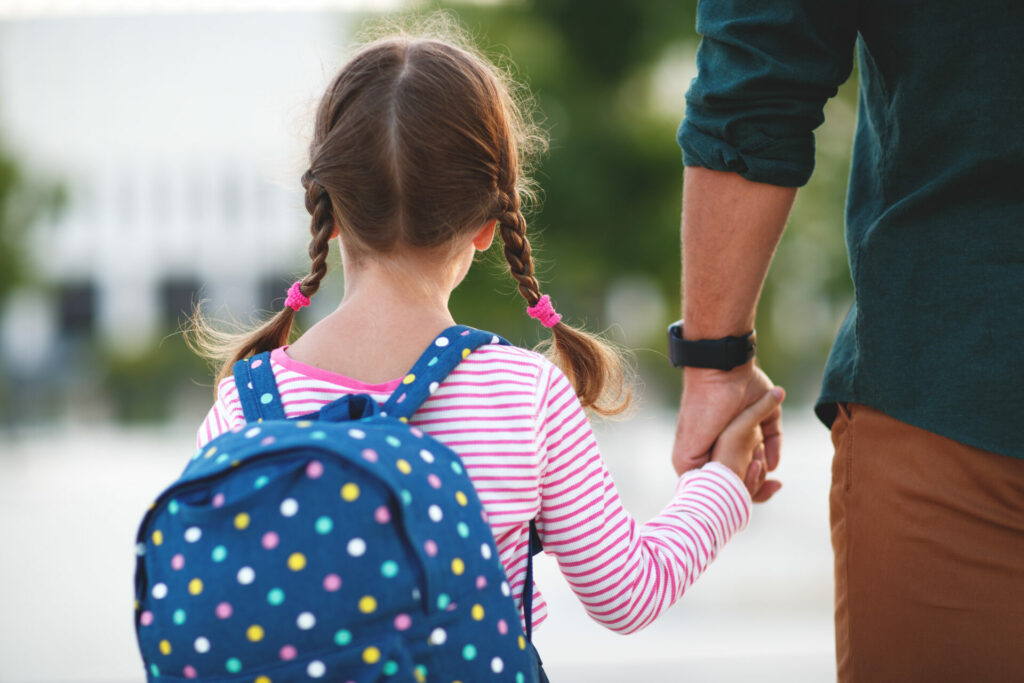It’s normal to feel worried or nervous from time to time. For children, depending on their age, this can range from “monsters” under the bed to wanting to fit in at school. Such anxiety becomes a problem — and a possible disorder — if it becomes chronic. Your child may feel stuck in a cycle of worrying which makes it difficult to get through the day.
They may become withdrawn or display high levels of fatigue. Younger children can become very needy and clingy. Anxious adolescents and teens tend to be irritable and distracted. The good news is that once you identify the issue, there are many steps you can take to help your child thrive.
Signs of Anxiety in Young Children
- Behavioral issues and acting out, e.g. temper tantrums
- Bedwetting
- Negative statements about themselves
- Sleep disturbances
- Not wanting to leave the house
- Appetite changes (more or less)
- Inability to focus
- Unexplained physical symptoms like digestive problems or headaches
- Strong, specific fears, e.g. the dark or certain animals
Signs of Anxiety in Adolescents and Teens
While older children can present with some of the symptoms listed above, they also display red flags like risky behaviors, threats to run away from home, declining academic performance, substance abuse, and more.
Since symptoms may be difficult to interpret, it’s suggested that you get a professional opinion. In the meantime, you can do your part with the tips below.
4 Tips For Helping Your Child Cope With Anxiety
1. Resist All-or-Nothing Approaches
Introduce the concept of nuance. The goal is not to delete anxiety from anyone’s life. Firstly, we all need anxiety to stay safe at times. But also, help your child grasp that life just keeps presenting challenges. Therefore, guide them to better understand their emotions by naming them and identifying their triggers.
At the same time, do not avoid people, places, or things in the name of saving your child from anxiety. This approach does not motivate them to develop healthy coping skills but also increases anxiety over time.
2. Set Realistic Expectations
No one can honestly promise their child that they’ll always feel safe and secure. Scary things — real or perceived — happen. So, encourage them as they learn to manage anxiety but keep emphasizing the importance of coping mechanisms. Let them know you’re proud of the work they’re doing and help them develop ways to lessen the impact of inevitable anxiety in the future.
3. Check Yourself
Without realizing it, you might be reinforcing your child’s fears. This can be done via body language or verbal tone. It also arrives in the words you choose. Let’s say your child has a big game the next day. A helpful question for them might be, “How are you feeling about the game tomorrow?” However, unintentionally, some parents may phrase it as, “Are you nervous about the big game?” Doing this not only assumes their emotions, but it can also increase whatever anxiety was already present. As you’re about to see, it’s a big deal if you would lead by example.
4. Be a Role Model
You have your own anxious moments and experiences. Rest assured, your child is watching how you handle them. When you model healthy ways to respond to stress, you do a thousand times more than words can accomplish. Show them that anxiety is common but definitely manageable.
Talk to a Therapist
You may want guidance on helping your anxious child. You might also like some input on your own anxiety issues. In either instance, I can help and would love to talk with you about all of this. Help is available for both you and your child. Reach out to learn more about child or anxiety therapy.




